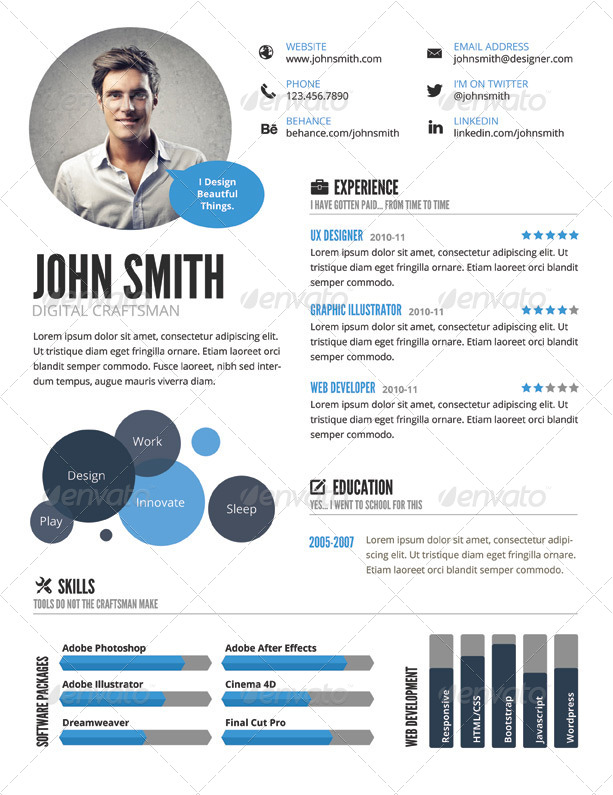Samples




Project
List what a resume is used for:
- getting a job
- college applications
- scholarship applications
- to give to those you would like to write letter of recommendations for you
Tips can be found www.heygetajob.com on the resume templates link. This should lead into a discussion of the basics of resume writing .
- Resumes must be typed
- Print resumes on high quality paper – office supply stores call it resume paper
- Keep your resume to one page
- Use a proper format – use a template
- Write in the active voice
- No: I have written
- Yes: I wrote
- Focus on these three skills – point out to students that even if they have no work experience, they should have skills to put in a resume
- communication skills
- problem solving skills
- technical skills
- Pay attention to words
- Brainstorm a list of words with students to use on resumes.
- They should come up with 25-50 to get the idea of work-oriented action words.
- Some examples:
- assisted, implemented, contributed, organized, planned, trained, supervised, selected, earned, presented, mediated, taught, represented
- Tell the truth – that includes exaggeration
- References – this is often times not on a resume, but they need to understand they will need to have contact information for the standard three references
- Customize the resume for the purpose – a job resume is going to be different from a resume for a college application.
Things to Include:
- Objective – one sentence that states why you’re sending the resume to them and it’s a worthwhile place to plug some positive characteristics.
- Challenging or relevant workplace oriented classes they’ve taken in school. Their GPA , if it’s good.
- Work experience if they have any. Most recent job, what they did and for whom, list of duties (remind them of the words you brainstormed earlier).
- Volunteer or community service .
- Stress the importance of this, particularly if they have little to no work experience.
- List their title or roll, what they did and for whom, list of duties.
- Talents or skills they have that would be relevant.
- Honors and awards (academic, athletic, community)
- Extra-curricular activities – clubs, associations, activities outside of school, hobbies and interests.
Thank you for sharing the infographic visual resume with us. All are amazing and these templates really helps me to make my resume better.
ReplyDelete